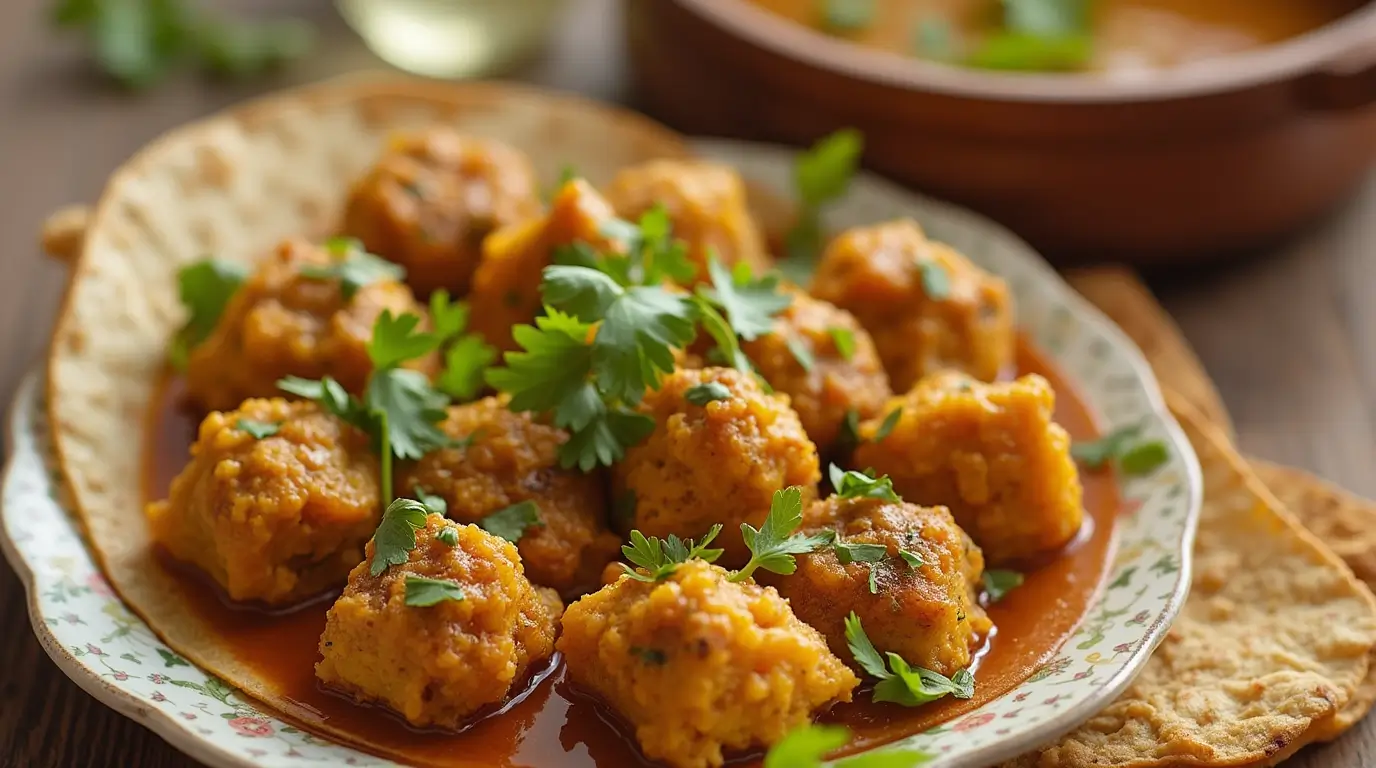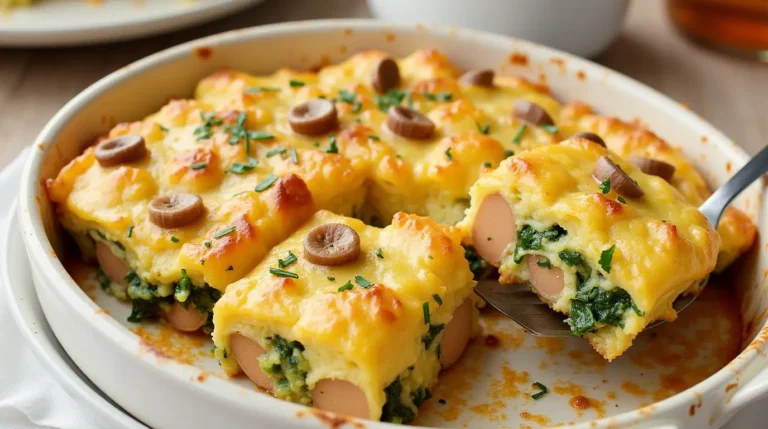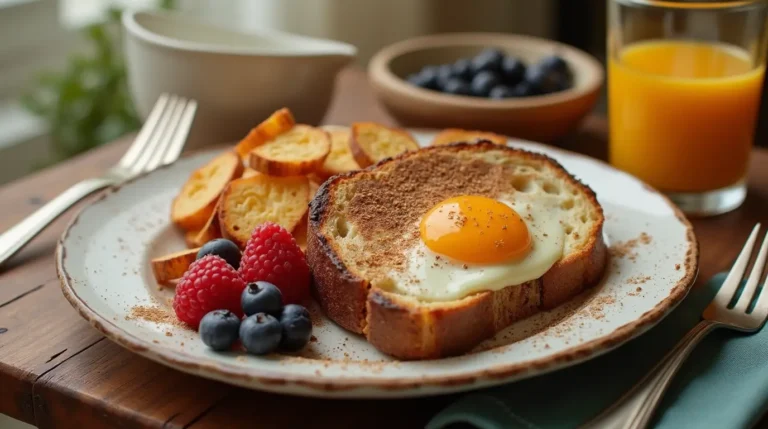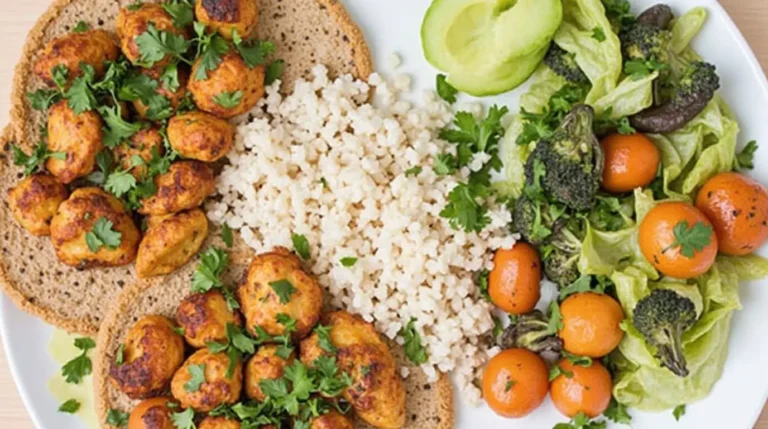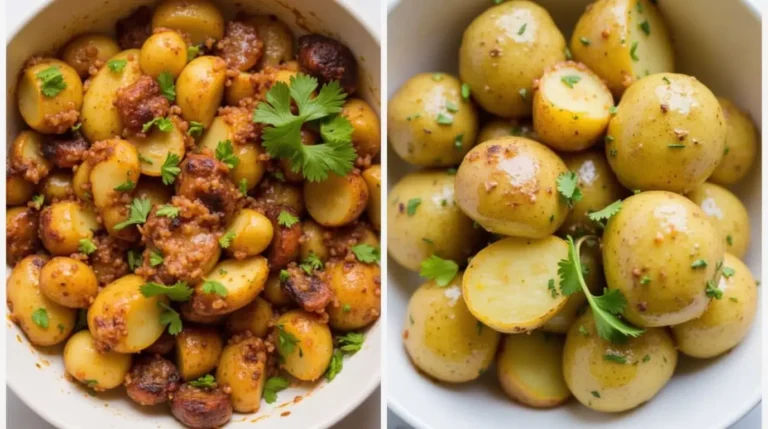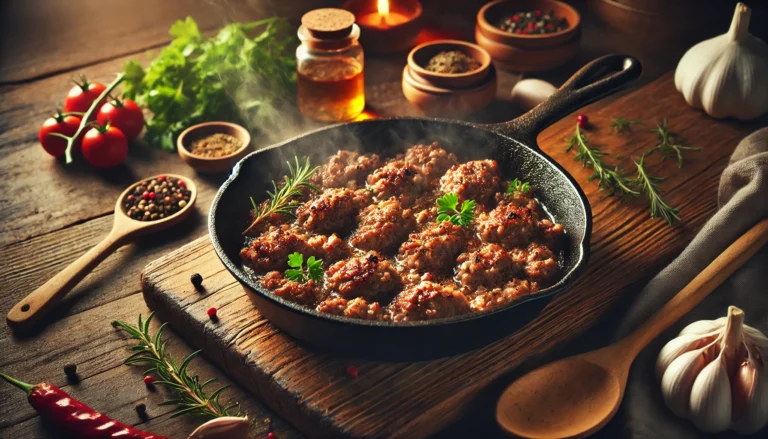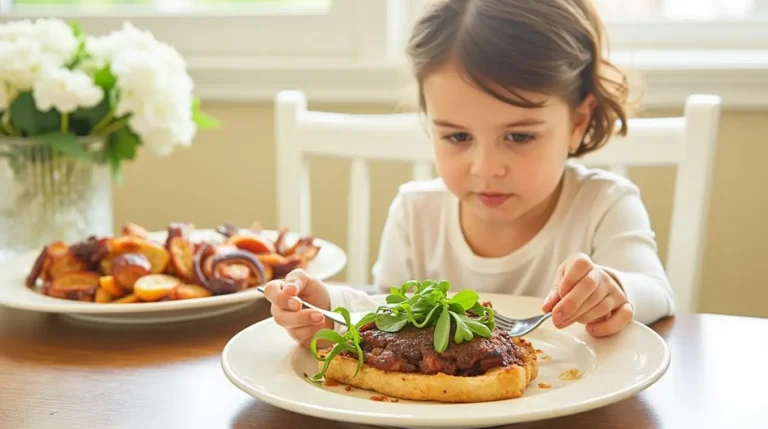Introduction
Indian vegetarian cuisine is a delightful celebration of flavors, textures, and aromas that have captured the hearts of food lovers worldwide. Whether you’re an experienced cook or just starting your culinary journey, Indian vegetarian recipes offer a rich tapestry of dishes that are both satisfying and healthy. This blog post provides step-by-step instructions for some classic Indian vegetarian dinner recipes, perfect for home chefs. With vibrant spices, versatile ingredients, and easy-to-follow techniques, these dishes will add a touch of authenticity to your dinner table.
Table of Contents
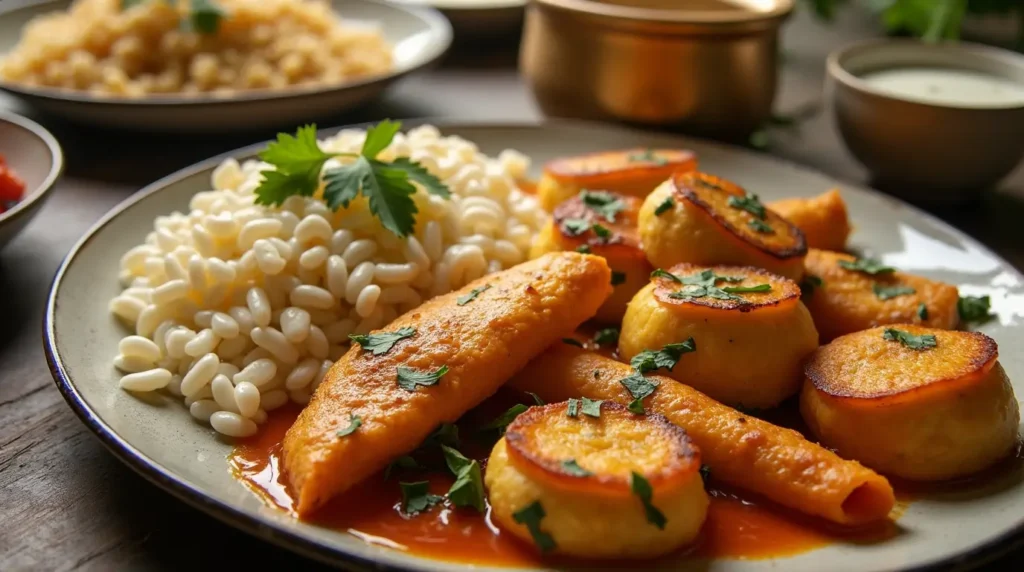
Why Indian vegetarian dinner Are Special
Nutritional Benefits
Indian vegetarian meals are often rich in essential nutrients. Lentils and beans are high in protein, vegetables are packed with vitamins, and whole grains provide dietary fiber. For example, a simple dal (lentil curry) is not only comforting but also a powerhouse of nutrition.
Rich Use of Spices
One of the defining features of Indian vegetarian cuisine is the use of spices. Spices like turmeric, cumin, coriander, and garam masala not only enhance flavor but also provide numerous health benefits. Turmeric is known for its anti-inflammatory properties, while cumin aids digestion.
Cultural and Regional Diversity
India’s regional diversity is reflected in its food. North Indian dishes like Paneer Butter Masala are creamy and rich, while South Indian specialties such as Sambhar are tangy and aromatic. This diversity ensures there’s something for every palate.
Essential Ingredients and Tools for Indian Vegetarian Cooking
Staple Ingredients
To cook authentic Indian Vegetarian Cooking meals, stock your pantry with these staples:
- Lentils and Legumes: Split red lentils (masoor dal), yellow lentils (moong dal), and chickpeas.
- Whole Grains: Basmati rice, wheat flour for chapati.
- Fresh Vegetables: Tomatoes, onions, spinach, cauliflower, and potatoes.
- Dairy: Paneer (Indian cottage cheese), yogurt.
Common Spices
Spices are the heart of Indian cooking. Keep these essentials on hand:
- Turmeric: Adds a warm color and earthy flavor.
- Cumin Seeds: Used in tempering for its nutty aroma.
- Coriander Powder: Offers a fresh, citrusy note.
- Garam Masala: A blend of spices for depth of flavor.
- Asafoetida (Hing): Adds a unique umami flavor, especially in lentil dishes.
Cooking Tools
While you don’t need fancy equipment, a few tools make Indian cooking easier:
- Pressure Cooker: Ideal for cooking lentils and beans quickly.
- Kadai (Wok): Perfect for stir-frying vegetables and curries.
- Tawa (Flat Pan): Essential for making flatbreads like roti and paratha.
Step-by-Step Indian Vegetarian Dinner Recipes
1. Paneer Butter Masala
Ingredients:
- Paneer: 250 grams, cubed
- Tomatoes: 3 large, pureed
- Onion: 1 large, finely chopped
- Cream: ¼ cup
- Spices: Turmeric, garam masala, red chili powder
- Butter: 2 tablespoons
- Ginger-garlic paste: 1 teaspoon
Steps:
- Heat butter in a pan and sauté the ginger-garlic paste until aromatic.
- Add chopped onions and cook until golden brown.
- Mix in the tomato puree, turmeric, chili powder, and garam masala. Cook until the oil separates.
- Add the paneer cubes and simmer for 5-7 minutes.
- Stir in the cream and cook for another 2 minutes. Serve hot with naan or rice.
2. Dal Tadka
Ingredients:
- Yellow lentils (moong dal): 1 cup
- Ghee: 2 tablespoons
- Spices: Cumin seeds, turmeric, red chili powder
- Garlic: 4 cloves, sliced
- Green chilies: 2, slit
Steps:
- Wash and cook lentils with water, turmeric, and salt in a pressure cooker.
- Heat ghee in a small pan. Add cumin seeds, garlic, and green chilies. Sauté until golden.
- Pour the tempering over the cooked dal and mix well.
- Garnish with coriander leaves and serve with steamed rice or roti.
3. Vegetable Biryani
Ingredients:
- Basmati rice: 2 cups
- Mixed vegetables: Carrots, beans, peas
- Spices: Bay leaf, cinnamon, cardamom, cloves
- Yogurt: ½ cup
- Fried onions: ½ cup
Steps:
- Cook rice with whole spices (bay leaf, cinnamon, cardamom).
- Sauté vegetables with yogurt and biryani masala until tender.
- Layer the rice and vegetable mix in a pot. Top with fried onions.
- Cover and cook on low heat for 15 minutes. Serve with raita.
4. Aloo Gobi
Ingredients:
- Cauliflower: 1 small, cut into florets
- Potatoes: 2, cubed
- Spices: Turmeric, cumin, coriander powder
- Tomato: 1, chopped
Steps:
- Heat oil in a kadai and add cumin seeds.
- Add potatoes and cook for 5 minutes.
- Mix in the cauliflower, turmeric, and coriander powder. Cover and cook until tender.
- Stir in chopped tomatoes and cook for another 2 minutes. Serve with chapati.
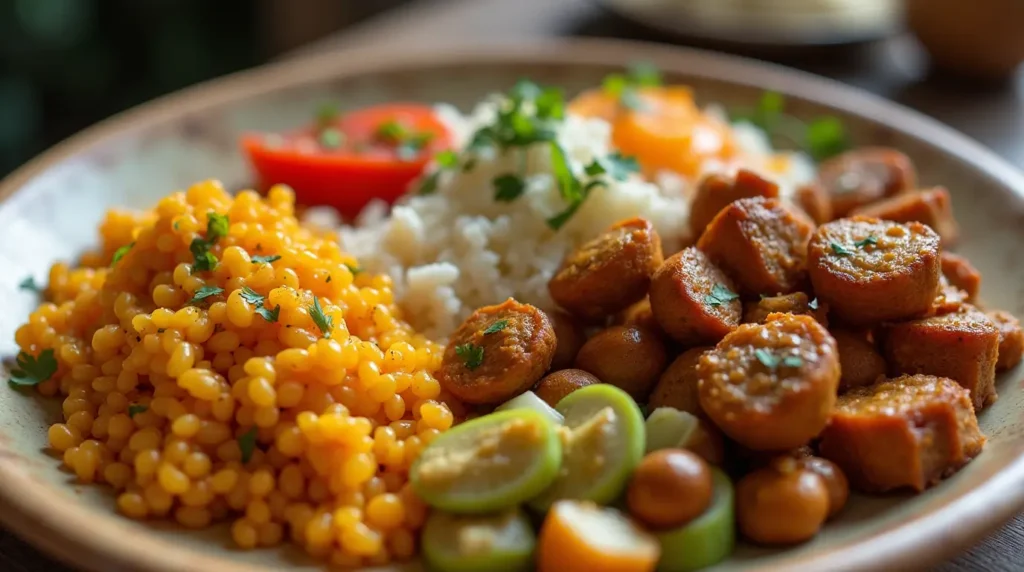
Tips for Making Indian Vegetarian Dinners at Home
Meal Prep Ideas
- Pre-chop vegetables: Store them in airtight containers for quick use.
- Prepare spice blends: Make your own garam masala or curry powder in advance.
- Cook in bulk: Prepare larger batches of dal or curries and freeze portions for busy days.
Healthier Alternatives
- Reduce oil usage: Use non-stick pans to minimize oil.
- Opt for whole grains: Substitute white rice with brown rice or quinoa.
- Add more greens: Incorporate spinach, kale, or broccoli into recipes.
Balancing Flavors
- Always taste as you cook to adjust salt and spices.
- Use a pinch of sugar to balance overly spicy or tangy dishes.
- Add a squeeze of lemon or a dollop of yogurt for a burst of freshness.
Frequently Asked Questions About Indian Vegetarian Recipes
What are the best Indian vegetarian dishes for beginners?
For beginners, start with simple recipes like Dal Tadka, Aloo Gobi, and Vegetable Pulao. These dishes require minimal ingredients and are easy to prepare.
How do I store leftovers of Indian meals?
Store leftovers in airtight containers and refrigerate for up to 3 days. Reheat on low heat to retain flavors.
Can I make these recipes vegan?
Yes! Substitute paneer with tofu, yogurt with coconut milk, and ghee with vegetable oil to make these recipes vegan.
Which Indian dishes are great for meal prepping?
Dishes like Dal Tadka, Vegetable Biryani, and Rajma (kidney bean curry) are excellent for meal prepping as they store and reheat well.
Conclusion
Cooking Indian vegetarian dinners at home is a rewarding experience. With a little preparation and the right ingredients, you can create flavorful, nutritious meals that celebrate the essence of Indian cuisine. Try these step-by-step recipes and enjoy the richness of homemade Indian food. Don’t forget to share your experiences or favorite variations in the comments below. Happy cooking!
